Table of Contents
How to Care for Strelitzia Outdoors
Bird of Paradise plant, in botanical science, Strelitzia reginae is an herbaceous species belonging to the family Strelitziaceae, characterized by being a perennial plant with fleshy, fasciculated, and stemless roots. Learn everything about How to Care for Bird of Paradise Plant Outdoors, Strelitzia, Strelitzia reginae.
Its leaves are large, oval, and greenish with a greyish shade.
Its flower is composed of three orange petals and three blue petals. The average height of this plant is 49 inches (1.2 meters). However, it can reach more than 59 inches (1.5 meters).
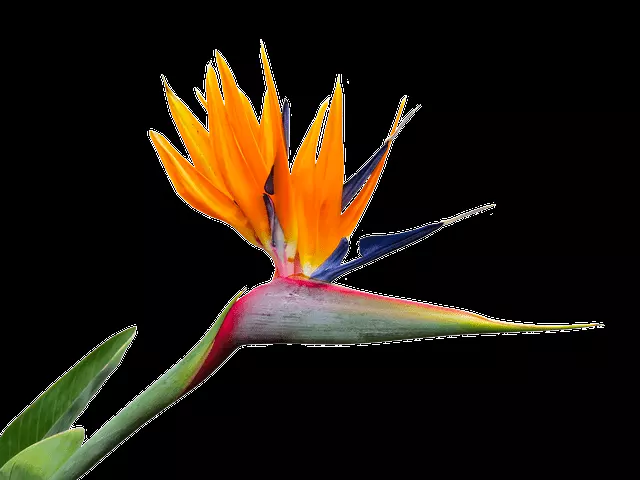
Having said this, we will now explain what aspects you should consider to properly cultivate this plant in your garden, as well as what you should take care of and the additional aspects related to its collection and use.
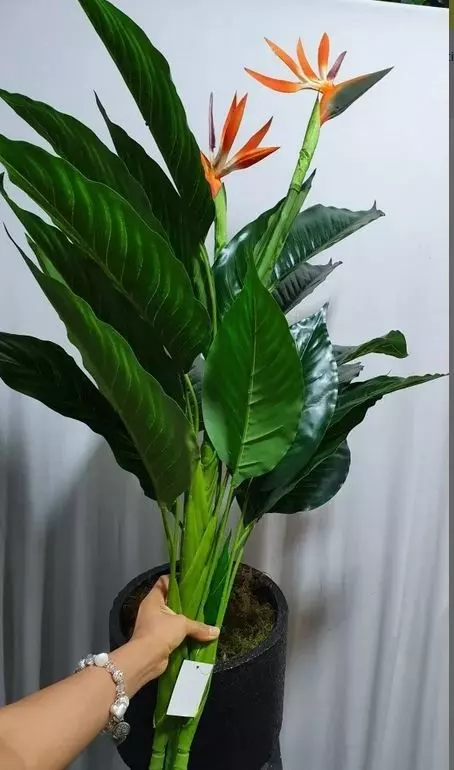
How to Plant and Care for Bird of Paradise Outdoors
Cultivating the bird of paradise is not a complex task to carry out. However, it is necessary to know certain aspects of the plant’s development to ensure that it can mature and flower properly.
The main aspects of Strelitzia cultivation to consider are the following:
Weather for Bird of Paradise Outdoors
In correspondence to its South African origin, this plant must be cultivated in humid, warm, and tropical climates.
In particular, it must be in environments with a temperature ranging between 59-86 F (15 and 30 °C).
Although it develops better when it is exposed to the sun, it tolerates to a certain extent the semi-shade or the indirect exposure to the sun.
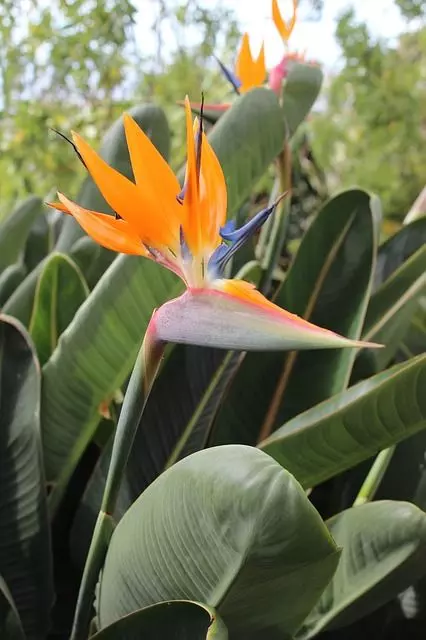
When to Fertilize the Bird of Paradise
The fertilization of the plant should be done once a month from the beginning of autumn to the end of spring (October – May in the northern hemisphere), using liquid fertilizer in the irrigation water.
What is the Fertilizer for the Bird of Paradise Plant
As long as the plant has not flowered, the fertilizer should be composed of equal proportions of nitrogen and potassium nutrients, while phosphorus in a proportion of half of the previous ones.
A balanced fertilizer that has equal parts nitrogen, phosphorus, and potassium (1:1:1) is a great option for this plant.
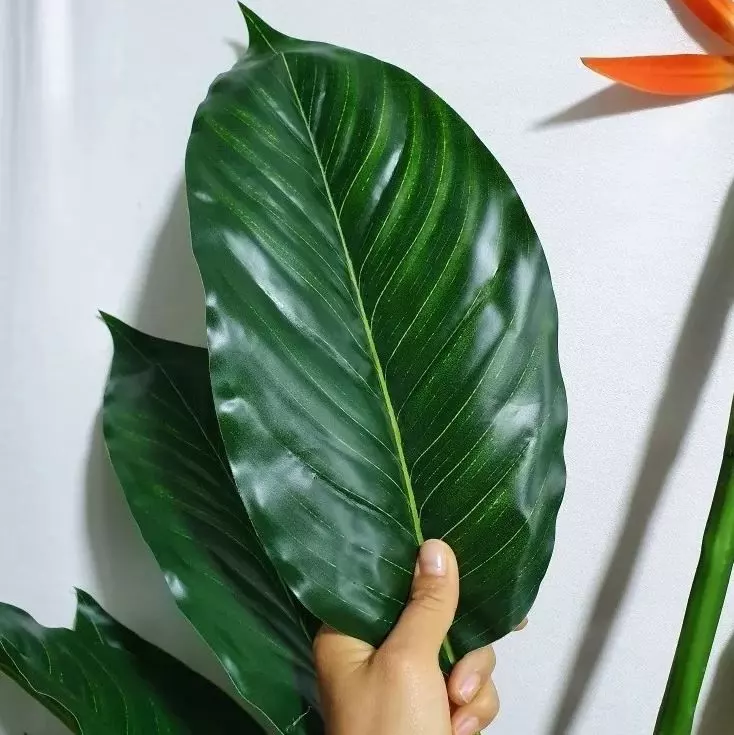
How to Make the Bird of Paradise Plant Bloom
The right fertilizer is double the ratio of nitrogen while the ratio of phosphorus will be reduced to a minimum.
Therefore nitrogen, phosphorus, and potassium (2:1:0.5). However, consider that the plant needs to be at least 5 years old to have flowers.
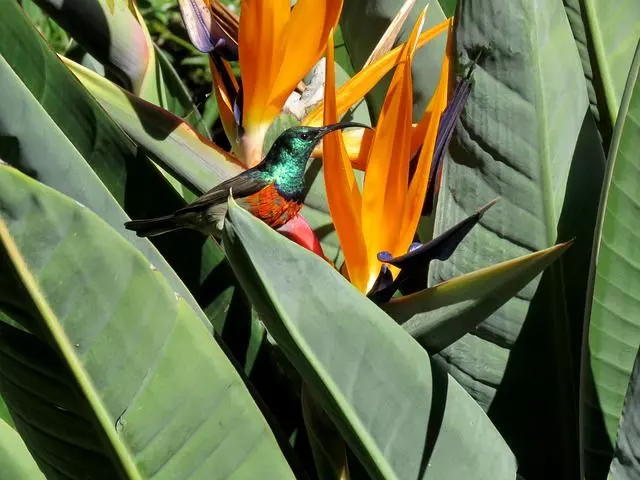
Why does my Bird of Paradise Have No Flowers
This can be due to different reasons, for example, the maturation time that the plant needs at least 5 years to begin to flower. It may not be a Strelitzia reginae species and could be a fake-Bird of Paradise plant species with no-flower. It may be that there is a lack of nitrogen, which at the time of flowering doubles the need.
How Often to Water a Bird of Paradise
The Bird of Paradise does not demand constant watering. In winter it can survive without any watering at all. However, in summer, the Bird of Paradise needs regular watering every week.
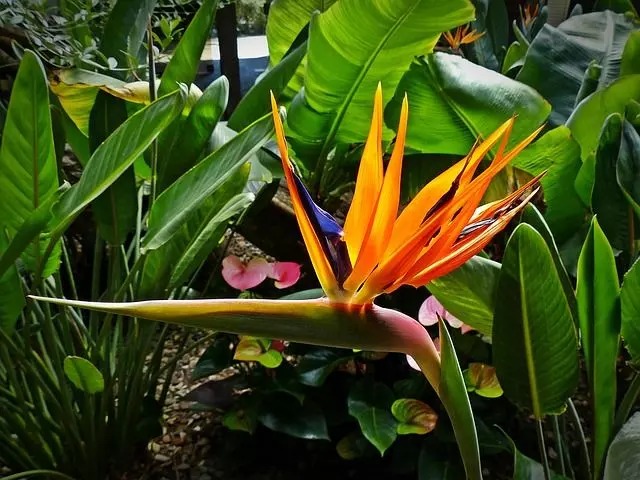
Why are my Bird of Paradise Leaves Turning Brown
The leaves of the plant will turn brown when the fertilizer balance is not adequate, due to the use of excessive inorganic fertilizers and the water is not adequate. The drawback of inorganic fertilizers is that a slight excess can cause this type of “burn” on the leaves.
Learn more about how to fertilize properly and choose the right fertilizers here.
Transplanting a Potted Bird of Paradise
The Bird of Paradise plant transplanting should be done every year during the spring until it is 5 years old.
The plant must be transplanted every year into a larger pot so that it can develop.
How to Trim a Bird of Paradise
The plant does not require pruning itself, but its seedlings must be separated and divided into more plants as explained in this article.
An easy way to spread the Bird of Paradise Plant is in the spring. You can divide the plant and replant it again, keeping the young plants independently with their own roots.
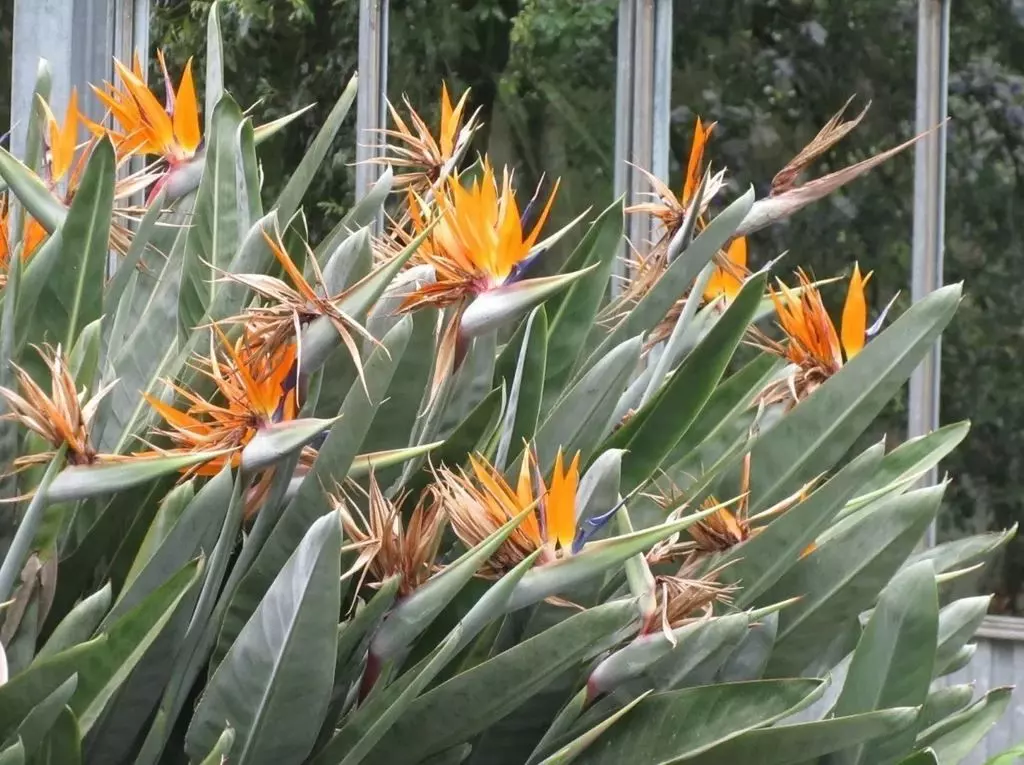
When the plant is like in this photo, it is time to transplant and begin to separate.
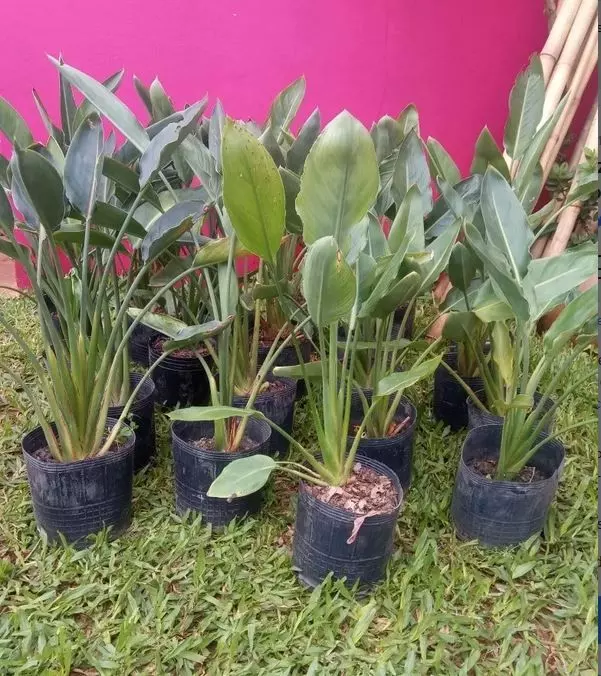


We are gardening in the west coast of Mexico. Our Bird of Paradise has been growing in a pot for at least 5 years with no fertilizer and no flowers. I think it has been watered frequently. Should we transplant it and start fertilizing it now, in January? It is still 20 Plus degrees here until May. Then it is summer (30 Plus) until the end of October.
We would appreciate your input.
Hello Margaret, with that weather it is a good time to transplant. Use the right substrate and a fertilizer as mentioned in the post. Wait at least 15 days to fertilize after transplanting. Thank you for your comment.